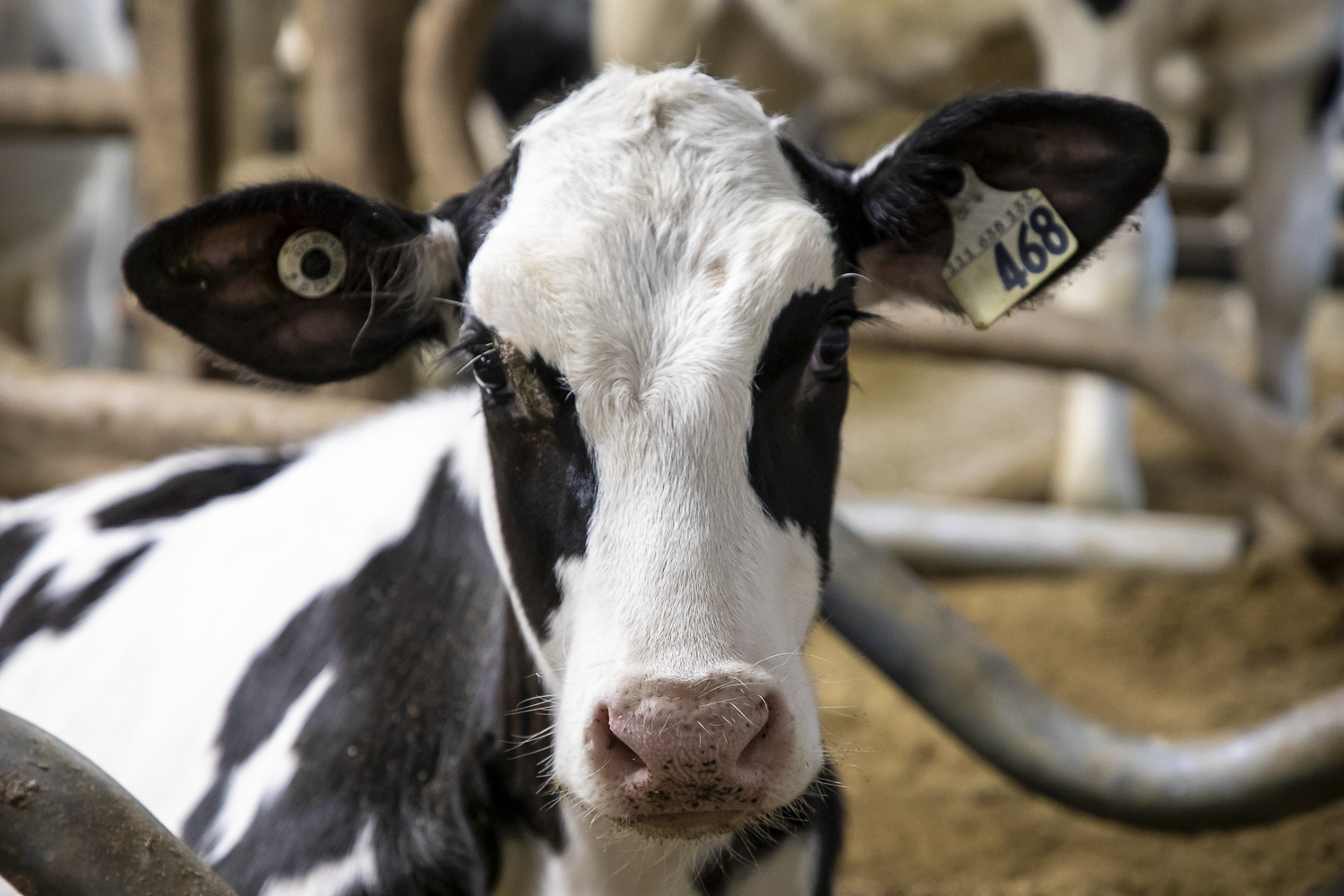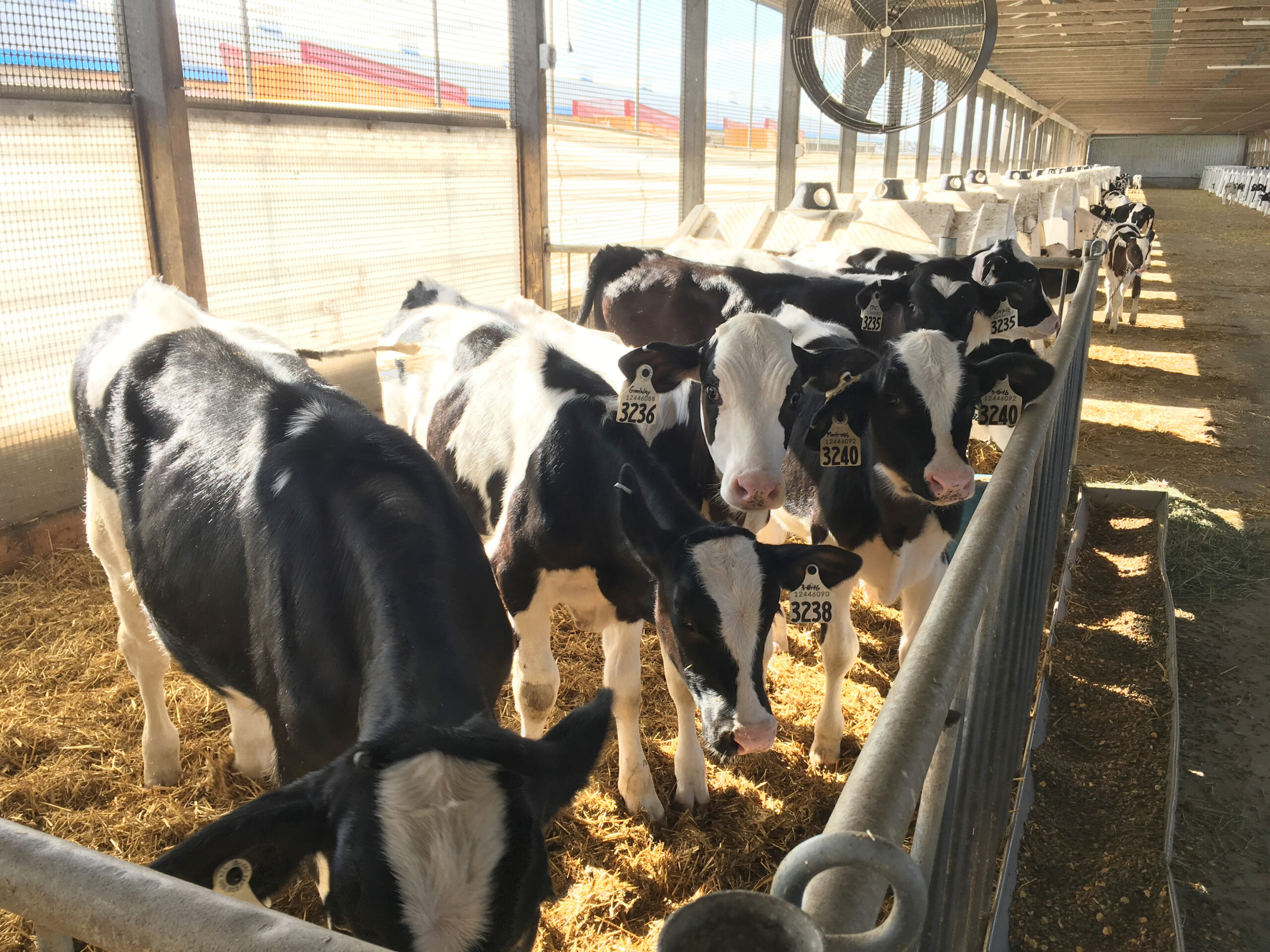Genetic Tools Tips & Tricks: The Animal Query
- February 10, 2023
This is the first article in a two-part series for users to learn how to maximize benefits from the Animal Query genetic tools on the Lactanet website.
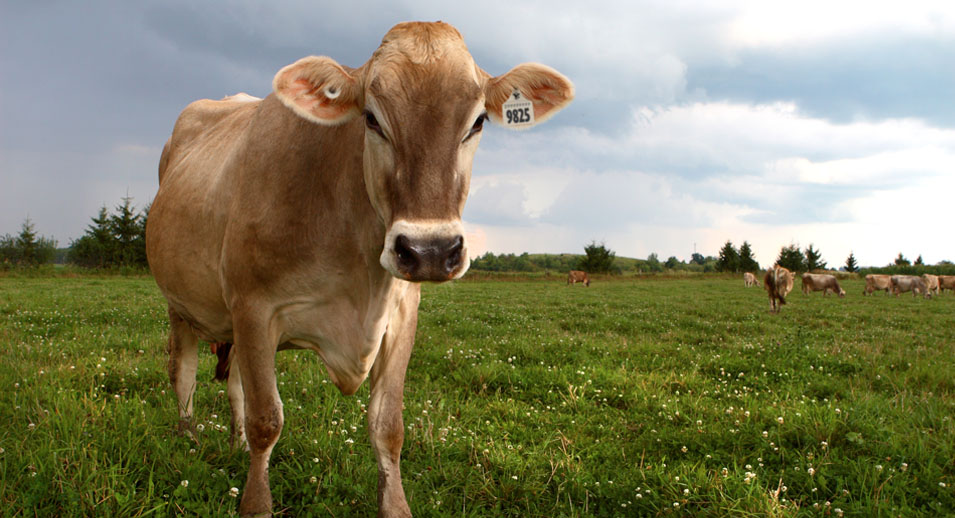
Many dairy producers are technologically savvy and seek out tools to help them better manage their herds. On the genetic front, the Lactanet website is one such tool, highly utilized by those keen on monitoring and querying genetic data. There are two ways to query animals on the Lactanet website: individually and by group. This article will cover tips and tricks for using the Individual Query, while the next article will hone in on the best ways to use the Group Query.
Individual Animal Query
Producers can perform individual animal queries by name, registration number, semen code (for males), and animal tattoo. For sires, the most popular way to query individuals is by name. When using this option, users can search by “Name (Full or Start)” or by “Short Name (Full or Partial)”.
Using the default option, “Short Name”, and entering “Lautrust” will direct you immediately to the Lactanet Genetic Evaluation Summary page for Comestar Lautrust. A list of all sires with the short name in question is returned if the short name searched belongs to more than one sire and/or is part of the short name (i.e.: “Trust”) for multiple sires. The user then has the opportunity to narrow down their selection based on additional criteria provided in the resulting animal list. The bull’s Genetic Evaluation Summary page will also be returned when using the option “Name (Full or Start)” and entering the animal’s full name, “Comestar Lautrust”, as an exact match.
For females, individual queries are most common by registration number or full name. The option to query females by their short or barn name does not exist due to the millions of females in the Lactanet database and the large number with similar barn names.
Generating a List of Your Females
For many reasons, producers may be interested in generating a list of females in their herd. While this is not possible using the Animal Query tool in an exact manner, searching by name provides an excellent starting point. After selecting the breed in question and “Female” from the Sex dropdown menu, you can enter your herd prefix in the “Name (Full or Start)” field.
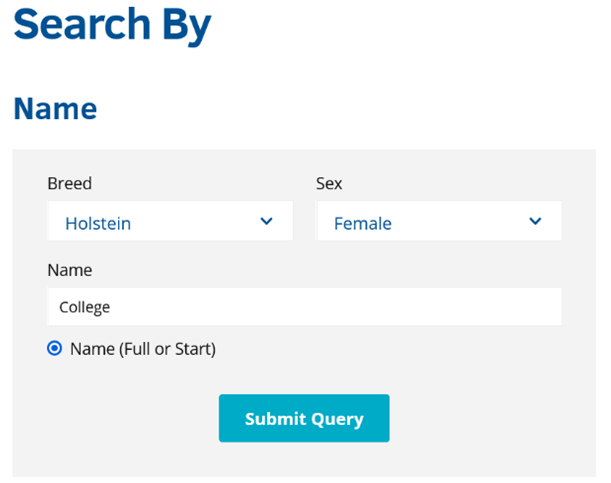
If the prefix is a word that falls into other breeder prefixes (ex.: “Sunny,” which falls into prefixes such as “Sunnypoint”, “Sunnyview”, etc.), you can limit results to only animals with your prefix by entering “Sunny ”, which is Sunny followed by a single blank space.
In the example above, the prefix for the Elora Dairy Research Station, “College”, was used to generate a list of females in the herd, seen below. You may need to use either the horizontal scroll bar at the bottom of the page or hold the shift key to scroll across the table to view all columns. The list will automatically be sorted by LPI in descending order. All columns are sortable – clicking a column header once will sort animals in descending order, while clicking the header a second time will sort in ascending order. The example list has been sorted by “Act.” which stands for “Active Status.” Sorting by this column brings all active females to the top of the list, allowing the user to focus on animals currently in the herd based on the Lactanet database. If the herd subscribes to DHI services, the Active Status of animals should be up to date and reflect the complete herd inventory.
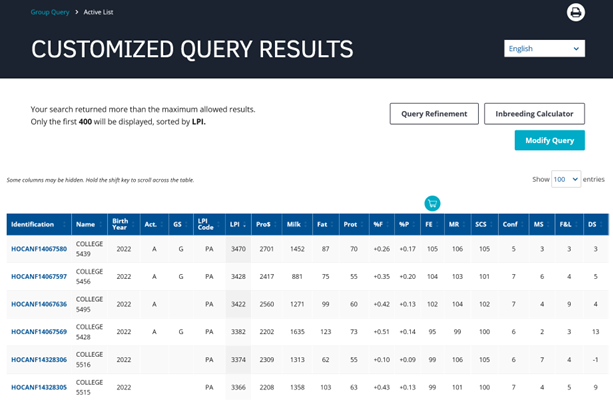
The query tool can only display a maximum of 400 results for any given search. Therefore, in a herd with greater than 400 females, not all animals are displayed at once. In this situation, or whenever a user would like to further reduce the list of animals based on certain criteria, the selection refinement filter tool can be used by clicking the link “Query Refinement”. In the example for females with the “College” prefix, the list of females was reduced by setting the selection refinement filter to only include “Active” animals with a Pro$ value of at least $1700. In the dropdown found below the selection refinement filter, the option to sort results based on Pro$, or another criteria, can be selected. This filter led to a reduced list of less than 100 animals of interest.
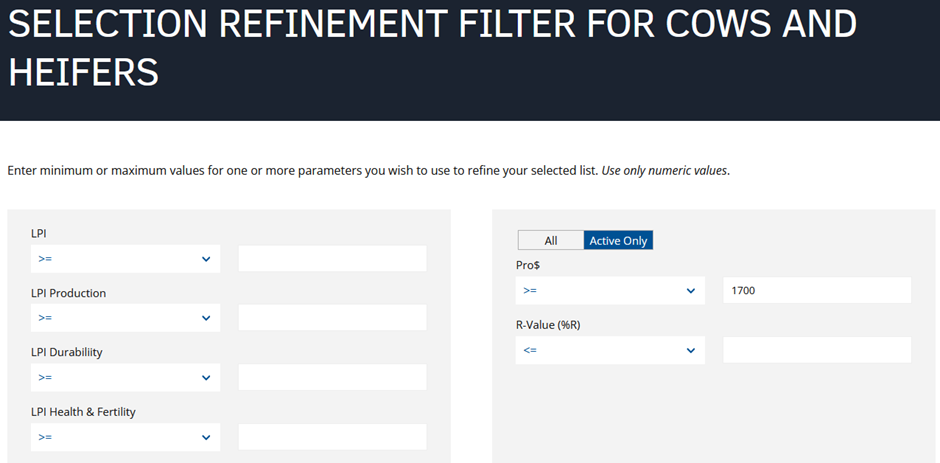
Compass Expands Animal List Management Capabilities
In 2019, Lactanet and Holstein Canada launched Compass; a free, web-based software tool designed to aid producers, regardless of breed, make more profitable management decisions related to genetics while maximizing their herd’s genetic potential. In addition to an array of genetic management reporting and query features, Compass includes expanded capabilities to save, group and manage lists of females in your herd.




